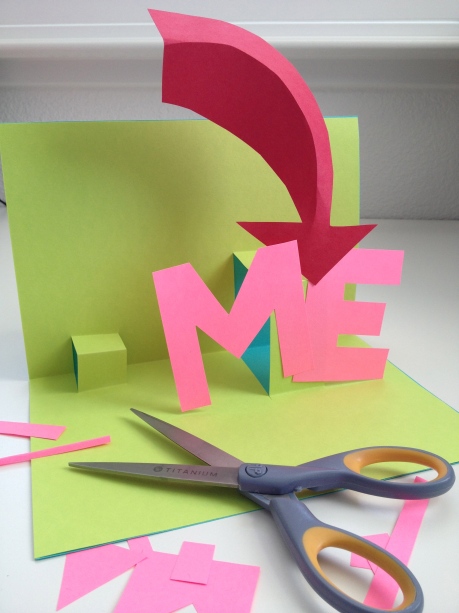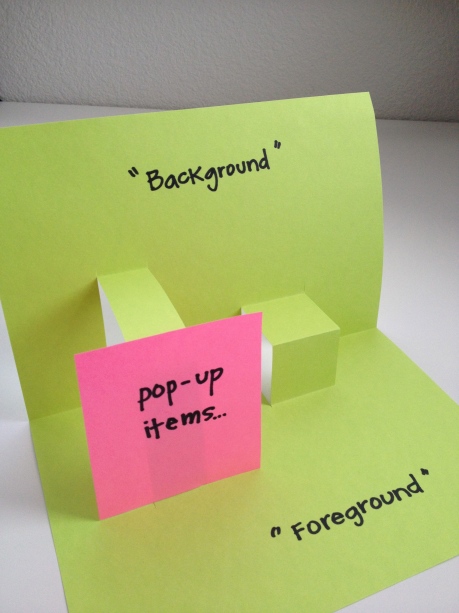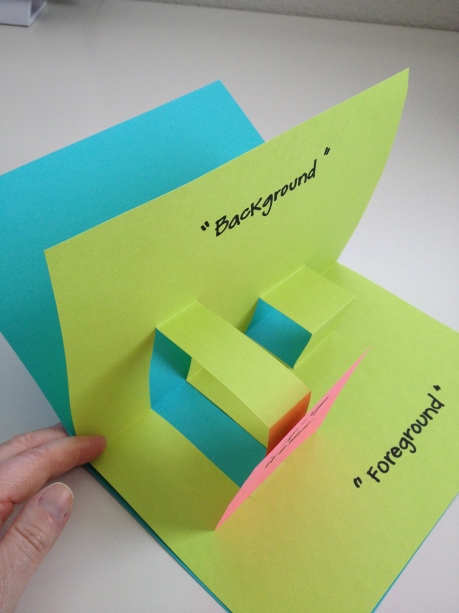 With the holiday season upon us, what better way to decorate your classroom, or another location at school, than by having your students make some festive, one-of-a-kind holiday streamers?! This idea can be used at any grade level, and materials can be as simple or as complex as you’d like them to be.
With the holiday season upon us, what better way to decorate your classroom, or another location at school, than by having your students make some festive, one-of-a-kind holiday streamers?! This idea can be used at any grade level, and materials can be as simple or as complex as you’d like them to be.
MATERIALS: You will pre-cut one long, thin strip of butcher paper for each child in your class, plus a few extras in case of any “disasters”. 🙂 A good size for these strips would be about 6 inches wide by about 5 or 6 feet long. Decide what materials you’d like them to use to decorate their banners. Depending on your time frame, the age and skill levels of your students, and how involved you want to get, materials can range from crayons only to things like, construction paper and glue, cotton, buttons, brads, tissue paper, and more. You might consider limiting their color choices, so that all designs will be created using red, green, and black for example.
MOTIVATION: Before distributing the banners and supplies, tell your students that they are each going to decorate their paper strip with a vertical (tall) design. This means that they will work from top to bottom and not from left to right as they usually do. Talk about all the possibilities for holiday images including things like designs, lettering, and symbols. Time spent brainstorming before you distribute supplies will pay off greatly once everyone gets to work. In fact, you might consider making a list of things during brainstorming, so that students have something to return to if they feel stuck. (Great language arts connection opportunity, too!) Be sure to stress that the decorations for these streamers need not only be “representational” art. (Art that looks like something.) Images of pure design (nonrepresentational art) can be fantastic here, too. (New vocabulary words!) This will help alleviate stress for those students who might be insecure about their drawing skills.
Once everyone starts working, you might get questions about how to draw this or that. The way I handle this is to “talk them through it” without solving it for them. Ask them questions about the thing they want to draw or represent, leading them to create something themselves. Depending on your students, you might make little pieces of scratch paper available, so they can work out some rough sketches before committing their idea to their banner. This kind of thinking and decision making is a vital part of any meaningful art experience and distinguishes it from merely being a “craft project”.
Once completed, the streamers can be suspended from a line stretched across your room or will even look spectacular if they are taped or stapled to the walls. If you don’t have space in your room for display, perhaps you might consider hanging them in the front office, library, hallway, or cafeteria? If time permits, invite students to describe their streamer decorations and talk about why they did what they did with the class. (Oral language!) Or perhaps you might have them write about their streamer decorations and their decision making during the creative process. (Written language!) If you really want to try something fun, consider introducing the idea of a “critique”. This teaches students how to be careful observers, and how to speak respectfully to each other about the work that has been done. A thoughtful critique also shows students how many other creative solutions there are to any given art problem. When the time comes for winter break, the streamers can be simply rolled up and held with a rubber band or paperclips to be taken home for family and friends to enjoy.
For more ready-to-use art lesson plans, consider registering for my affordable, convenient, self-paced classes here.










